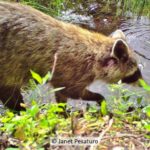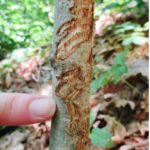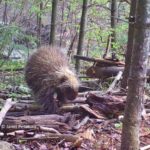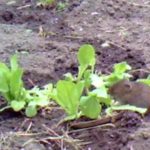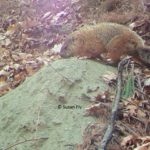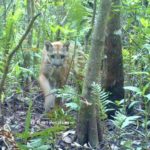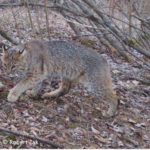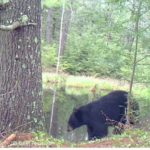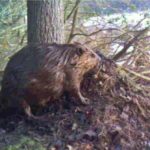Tracking Badgers in Wisconsin
Because their burrows are conspicuous, badgers (Taxidea taxus) are relatively easy to track when you’re in their preferred habitat. They like open landscape, such as prairie, desert scrub, and savanna, with loose, sandy soil. They range throughout the west and … Continue reading →

